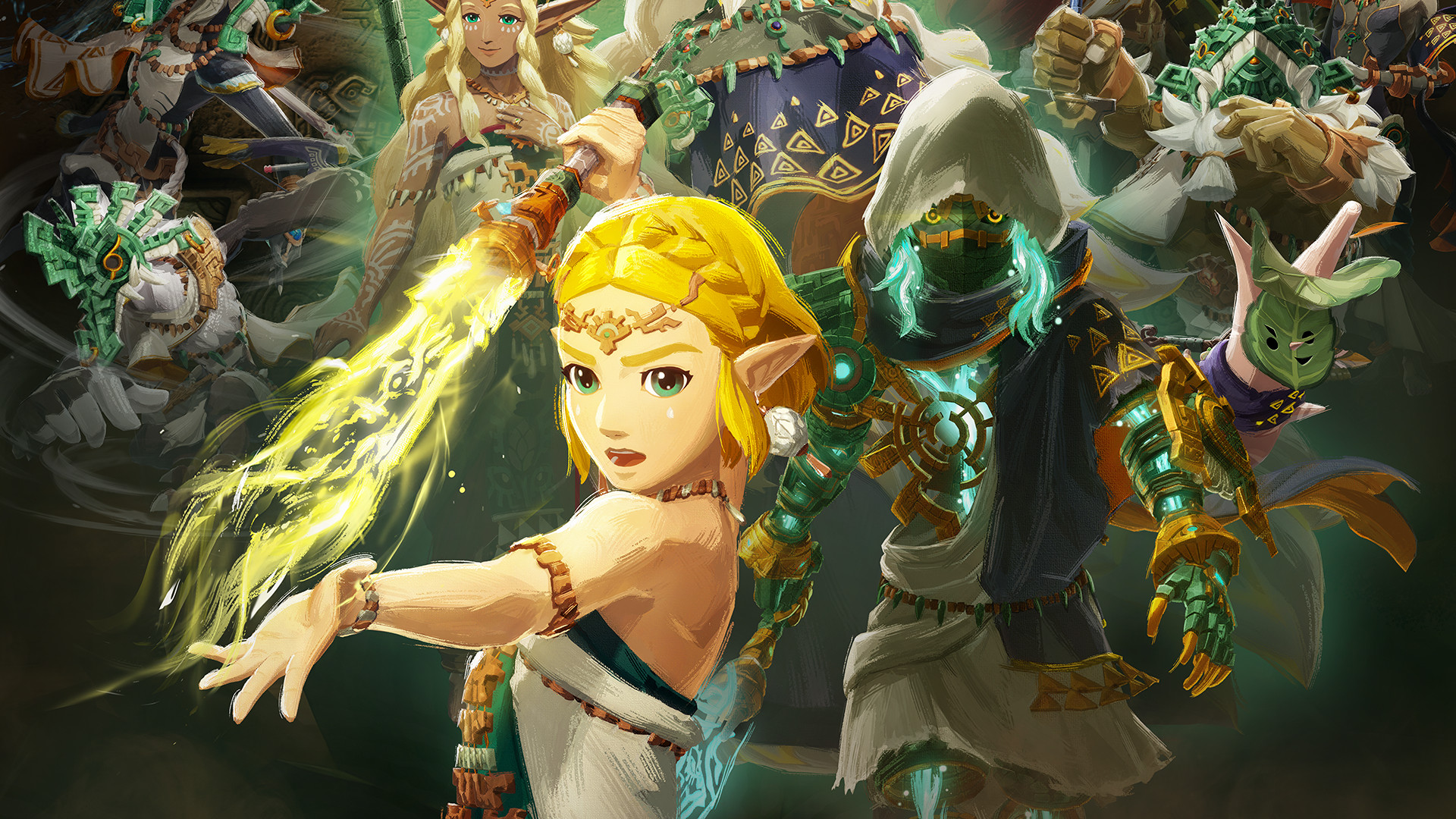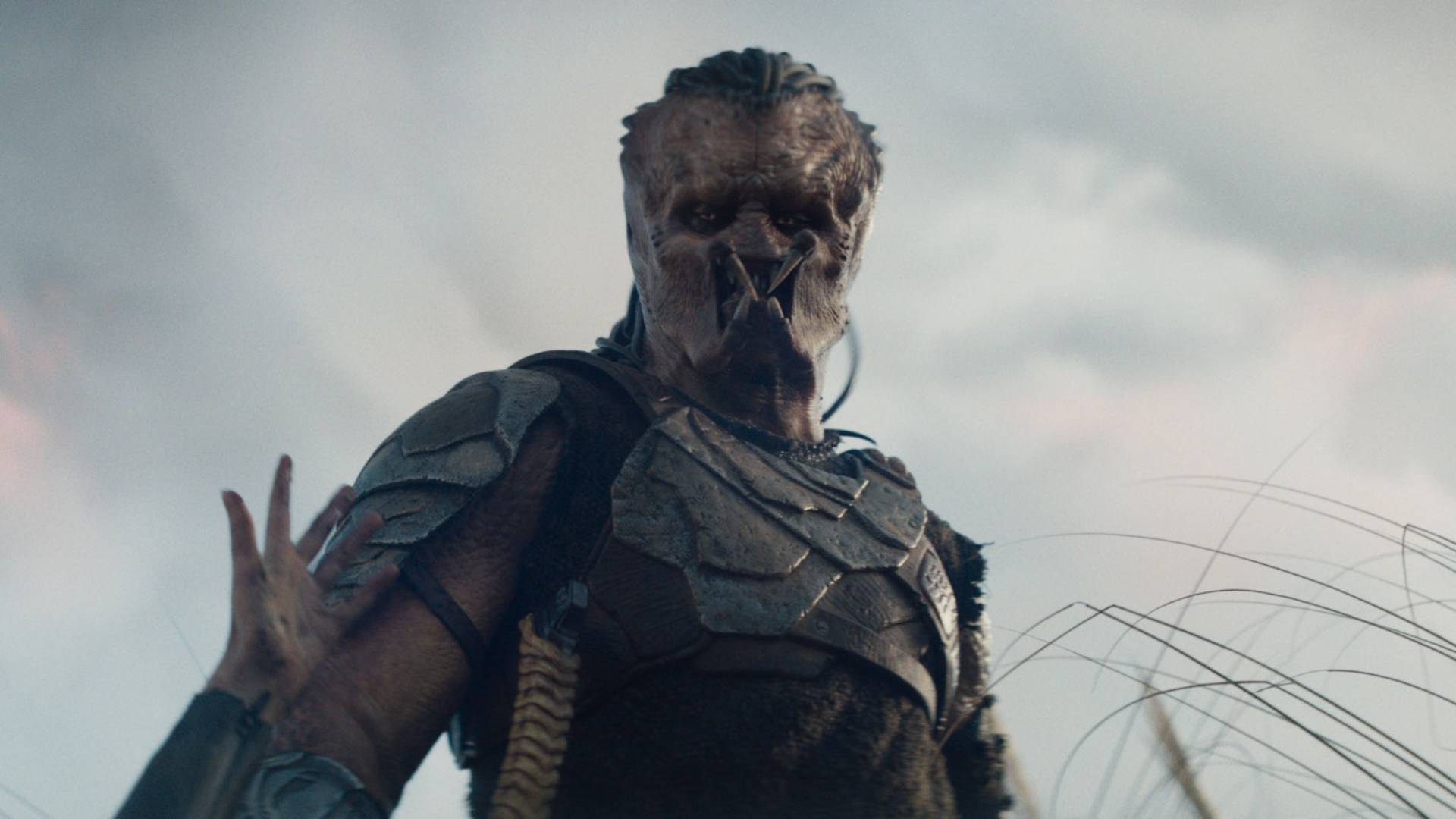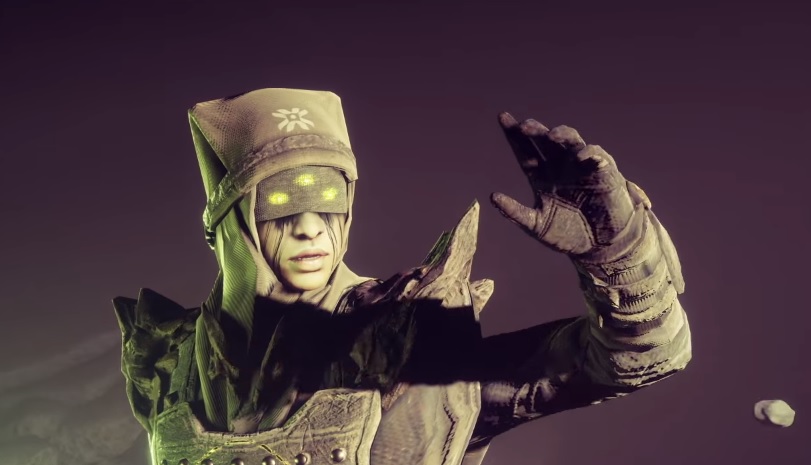
Kicking off a three-part series dubbed Director's Cut, today Destiny 2 director Luke Smith published a lengthy blog post discussing how Destiny 2 is made, the problems it's currently facing, what the team at Bungie has learned in the past year or two, and how the changes coming in Destiny 2 Shadowkeep and beyond tie into all that. As Smith said, the post is a giant wall of text, so let's break it down lesson-by-lesson and piece-by-piece.
Lessons from the Annual Pass
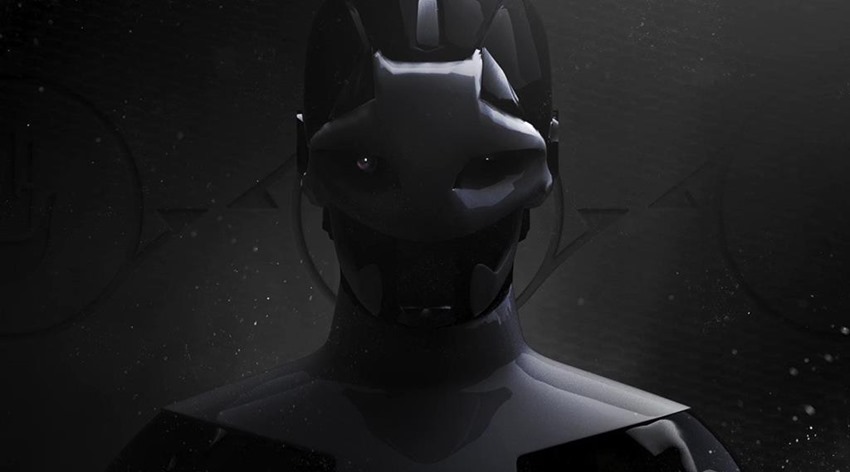
Much of Smith's essay focuses on Destiny 2's Annual Pass, especially the divisive Season of the Drifter. Each DLC - the Season of the Forge, the Season of the Drifter, and the Season of Opulence - yielded different benefits and learning moments, Smith said, but one key point underscored all three: making the Annual Pass was taxing on Bungie.
Smith says he's happy with the rate at which Annual Pass content was released, and maintains that "Destiny history has had many content droughts, but not this year." However, "the scope of what we delivered, the pace that we delivered it, and the overall throughput for Annual Pass takes a toll on the Bungie team," he said. "I - and many others - had conversations throughout the year with team members - who had jumped from release to release - about the grind of working on Destiny. Working on the game was starting to wear people down … We needed to develop a more systemic, standardized set of mechanics for progression to keep our teams healthier. We're going to take this problem on in [Destiny 2 Year 3]."
How this affects the type and cadence of Destiny 2's seasonal content remains to be seen. Smith said a big part of the problem was continually inventing "new, bespoke ways to earn rewards each season," with the Forges, Reckoning, and Chalice of Opulence / Menagerie coming one after another. Perhaps Destiny 2's post-Shadowkeep seasons will focus less on introducing new content and activities, and more on refining or revitalizing existing ones using a seasonal theme.
The future of Gambit
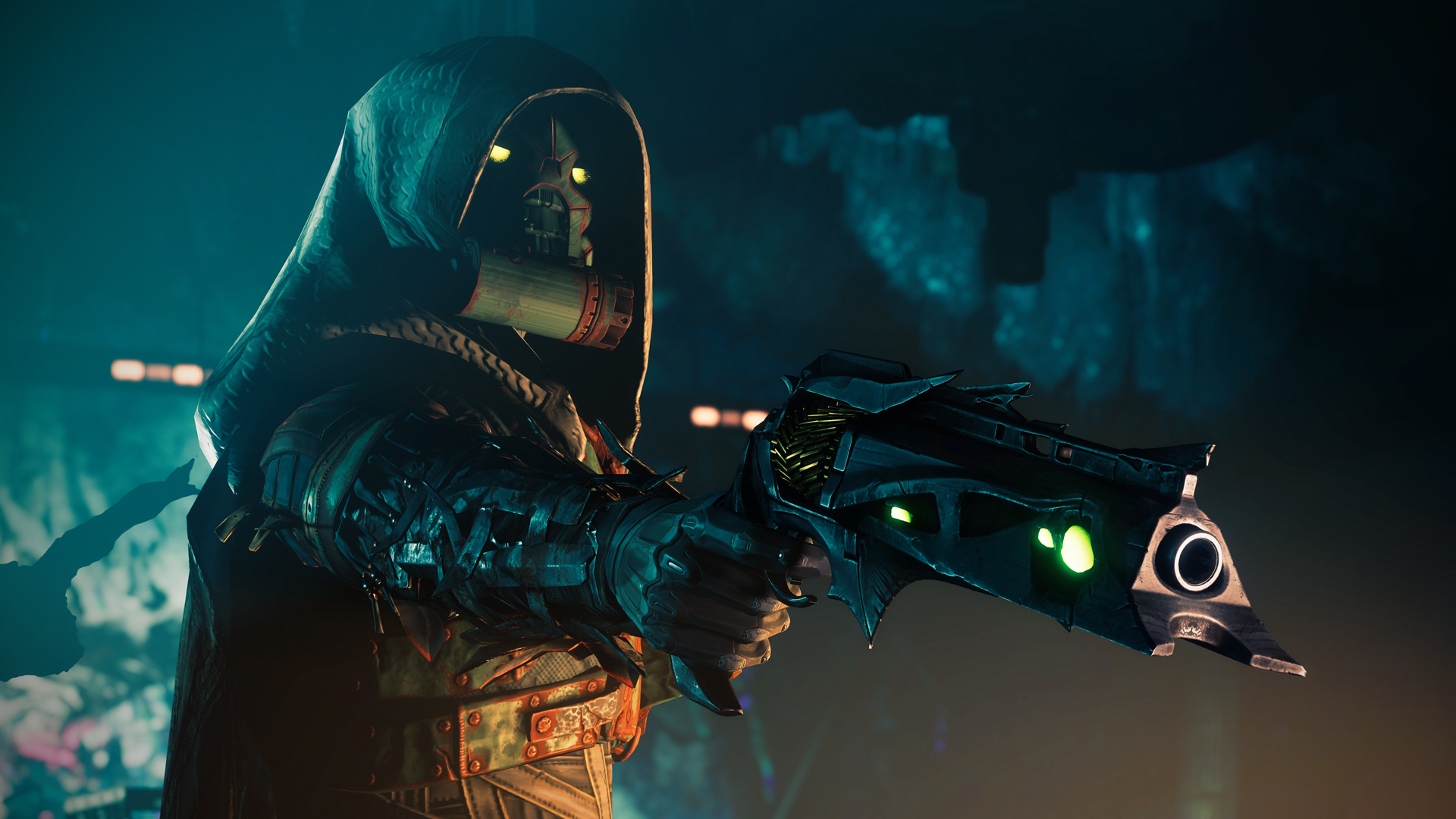
Looking at the Season of the Drifter individually, Smith acknowledged that building an entire season around one activity - Gambit, in this case - "felt too specialized." The Season of the Drifter also split Gambit into two parts - the base game and Gambit Prime - and it sounds like one of these parts will consume the other at some point.
"This isn't just about removing stuff from Destiny 2 - but the game cannot grow infinitely forever - it's about focusing refinements and evolutions to the Gambit ecosystem," he said. "We think Gambit is sweet and deserves more ongoing support and we want to ultimately focus that support on whichever mode ends up being the Highlander. There can be only one."
From the sound of it, either Gambit classic or Gambit Prime will eventually be axed in favor of the other. This would enable Bungie to focus on the stronger mode without worrying about neglecting the other, and it would also unify Gambit's player base. As Smith said, Gambit Prime delivers shorter matches with better rewards and more diverse play styles, so I have a feeling Gambit will swing toward Prime in the future.
Weekly digests, tales from the communities you love, and more
Power creep and Reckoning
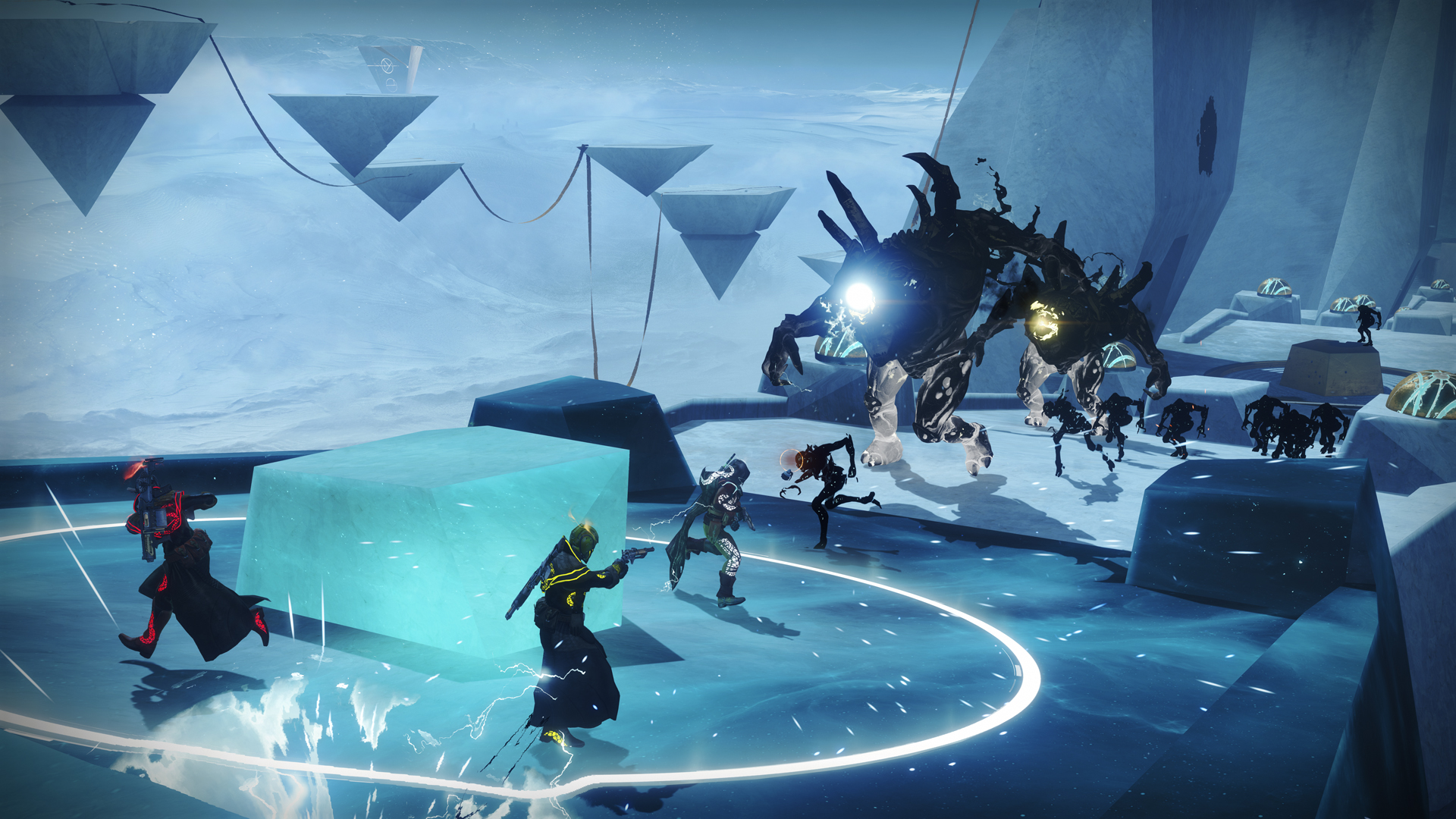
The Season of the Drifter added more than Gambit Prime, of course. It also introduced Reckoning, which Smith says proved emblematic of Destiny 2's mounting balance issues and power creep.
"The first time I used Phoenix Protocol at home, I knew it was over," Smith said. "It's an exotic coat that refills my Well of Radiance and then refills itself as I 'slay,' so that I can continue to place my Well of Stand Here to be Borderline Invulnerable and Deal Tons of Damage … I wondered, 'How are we ever going to make content that fairly challenges players again?'"
Reckoning was released at a time when, because players were so powerful due to busted Supers and Exotics, Bungie had to break its own encounter rules "left, right, and center" to create any semblance of challenge, "in no small part due to players in always-active Wells of Radiance becoming invulnerable gods, holding all six Infinity Stones all the time." The aftermath of this power creep is clear: now that the Super Exotics which escalated Reckoning's initial difficulty have been nerfed, Bungie's planning to nerf the activity itself to compensate.
Smith said Supers and Reckoning are parts of a broader discussion regarding challenge and balance, but he didn't go into too many details in today's post. However, he did offer a shortlist of topics to come, namely buffs to scout rifles, nerfs to auto-reload mechanics like Lunafaction Boots and Titan Rally Barricades, and changes to damage stacking (Tractor Cannon, Melting Point, etc.). I also get the strong impression that Well of Radiance, unquestionably the strongest Super in Destiny history, is going to be nuked from orbit.
Difficulty, end game, and the RPG
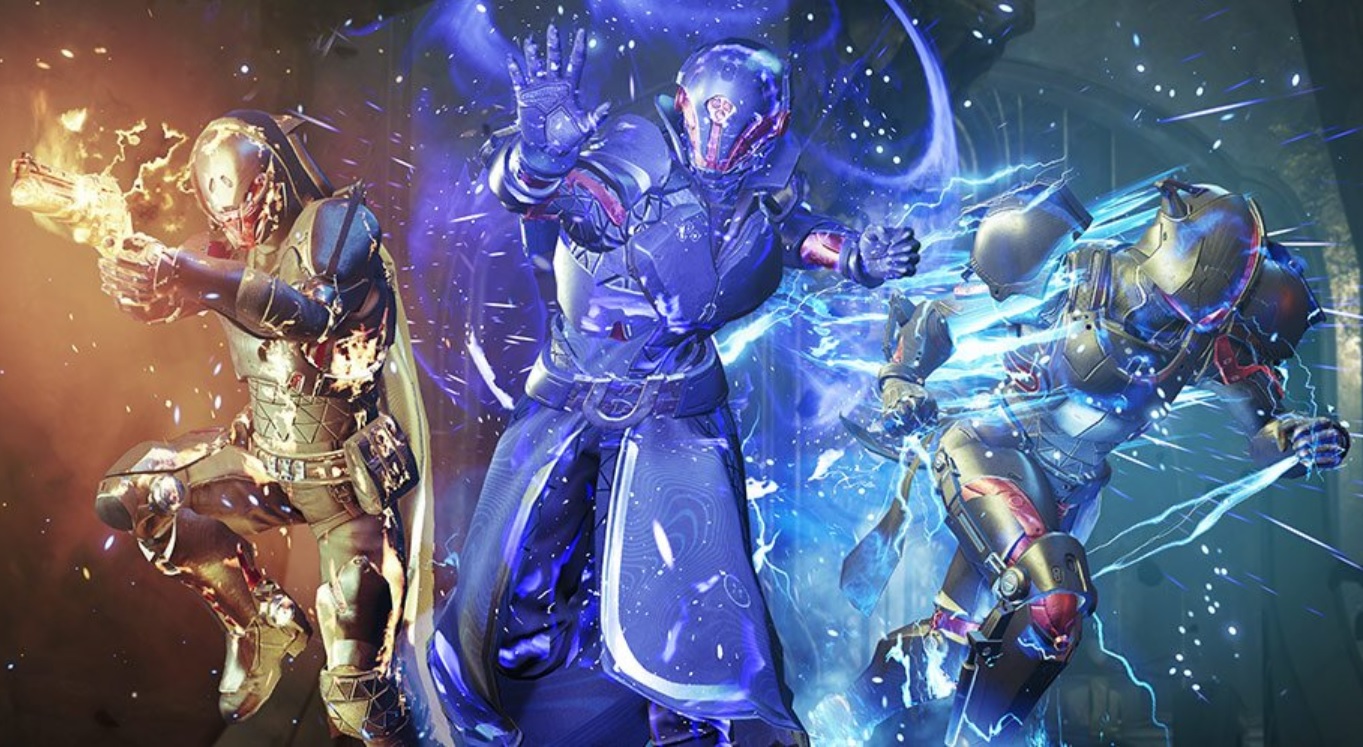
Smith also delved into the fundamental design philosophies that can cause balance issues. As an action-MMO, Smith said, Destiny 2 is split into an action component and an RPG component. The action side drives challenge while the RPG drives customization and player choice. And as Smith put it, "the entire time we've been making Destiny, the action game and the RPG have been fighting.
"It's the forever war. The RPG has the power to dramatically overcome the action game, and the action game has the power to render the RPG game irrelevant. It's a line - by nature - Destiny will always have to straddle."
When one of these components overpowers the other, the effects are clear. Smith offered a recent example: the combination of the now-nerfed Whisper of the Worm Exotic sniper and the still-bananas Well of Radiance.
"Whisper was an outlier that lets you stand still at a safe distance, in a pool that makes you borderline invulnerable, never having to reload or relocate for ammo, and allow players to deal piles and piles of damage on giant bosses who aren't threatening," he said. "This isn't your fault! It's ours! We're making some stuff too easy and allowing players to circumvent parts of the game! Mechanics that circumvent the ammo game (relocate to pick up ammo bricks) or completely ignore the reload animations (a critical part of weapon tuning) are mechanics that create the kind of outliers that we ultimately have to tamp down before the game spirals into the boss health version of Reckoning bridges."
Destiny 2 players have been growing exponentially more powerful for several seasons, and sometimes it's important for games to break the player's groove and force them to try new things. Whatever changes Bungie has in store, I hope they radically alter - and ultimately benefit - the PvE meta. Critically, Smith also noted that "across Destiny's history we haven't had enough challenge deep into the end game, and that's definitely something on our list as we head toward fall 2019," so hopefully some of these changes will arrive this October.
Eververse
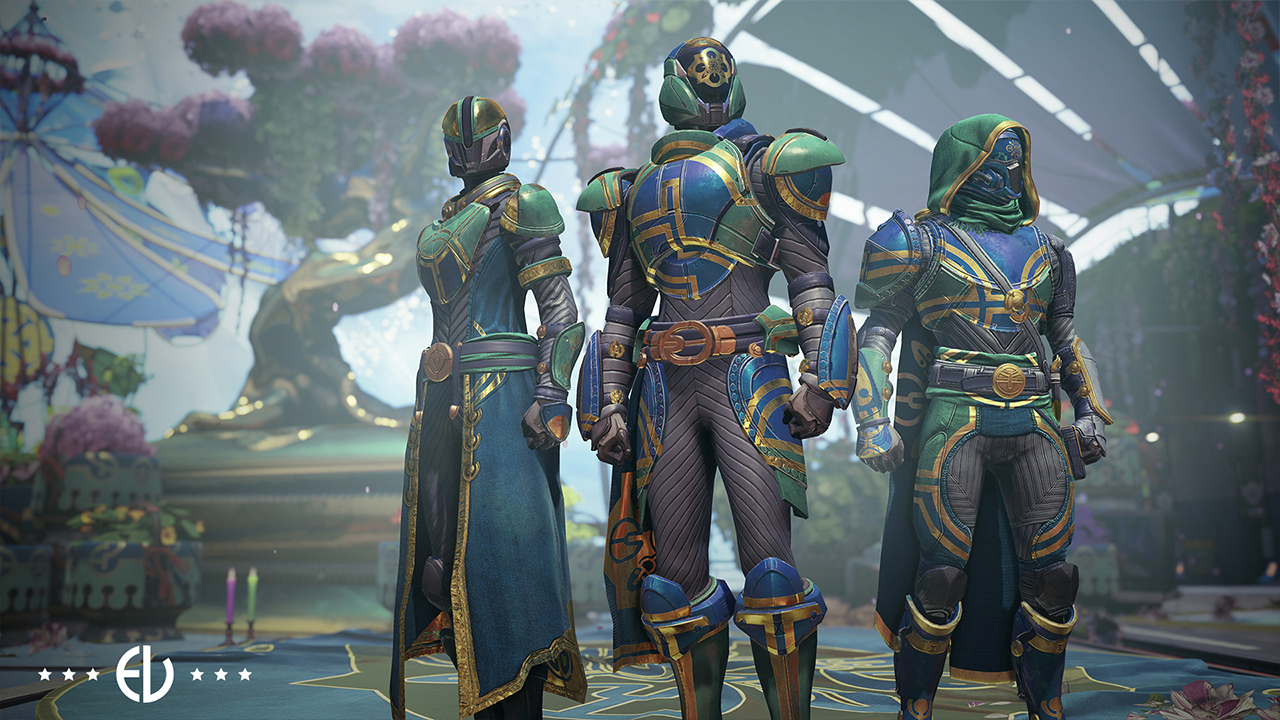
When Bungie separated from Activision, some players speculated that the Eververse store, Destiny 2's microtransaction hub, would magically vanish or at least lighten up, maybe slash prices or something. But the bottom line is that Eververse isn't going anywhere because it's a significant factor in Bungie's bottom line. It may not always be readily apparent, but Smith says funds from Eververse definitely affect what Bungie's able to do. For example, he said "Whisper of the Worm's ornaments were successful enough that it paid [dev cost-wise] for the Zero Hour mission/rewards to be constructed (this shit matters!)."
A raft of Eververse and Bright Dust changes were shared earlier this year, and Smith built on them in his post. For instance, the Eververse store is getting a spot in the Director so you don't have to go to the Tower to access it. It's getting class-specific pages and gear - like "Titan Universal Ornaments with smaller shoulders" - and set discounts which reduce Silver costs, so if you get a few pieces of one set from drops or Bright Engrams, "the cost to finish the set in Silver will be reduced." Smith also affirmed that "we are continuing to try and separate capability/gameplay from vanity. Armor 2.0 and Universal Ornaments are big parts of this separation."
"Why didn't you fix this?"
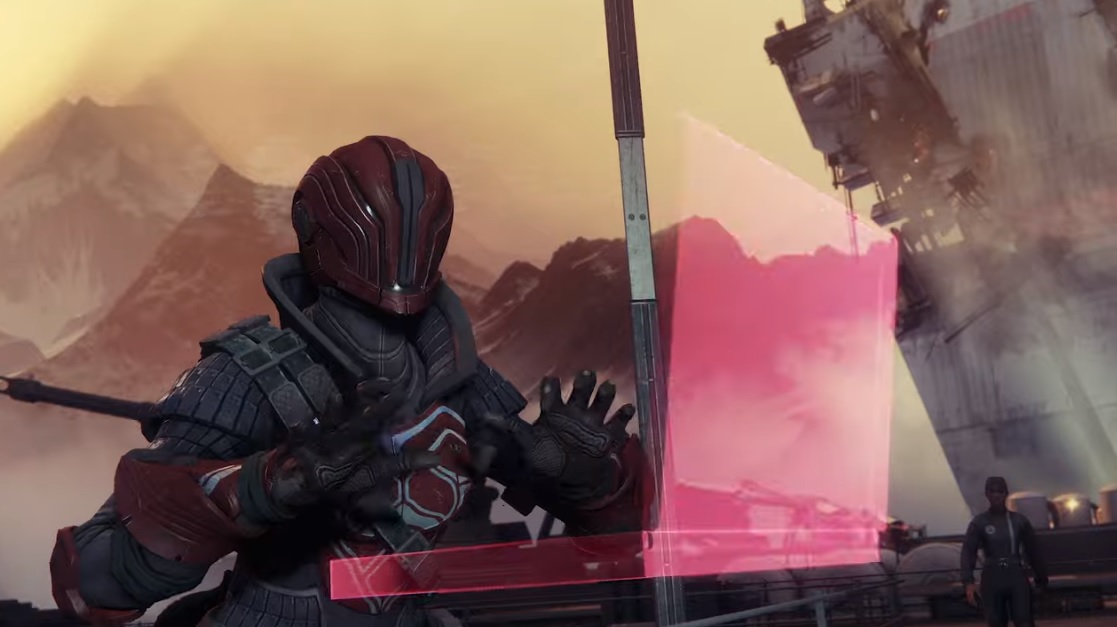
Perhaps most importantly, Smith outlined how Destiny 2's production line plays into repeat problems - that is, the old 'one step forward, two steps back' problem which live games like Destiny 2 often run into.
"While content for Destiny is released serially, it is largely developed in parallel," he explained. "For instance, while Forsaken was in its final few months, Black Armory was well underway, and Season of the Drifter was in development while Black Armory was being built, et cetera. For years people have wondered 'Why doesn't release X do the thing content drop Y did? Get it together, Bungie.' This is one of the reasons why. So even though Menagerie is sweet, and Chalice is great, while Shadowkeep was being built, the Menagerie and the Chalice hadn't yet been released. So we didn't know how players would react.
"Because we have so much to build, we frequently find ourselves having to place many bets at the same time. This has paid dividends at times - we discover new and awesome things like Escalation Protocol or Menagerie - and this has also resulted in things that feel like setbacks at other times."
Lightning round
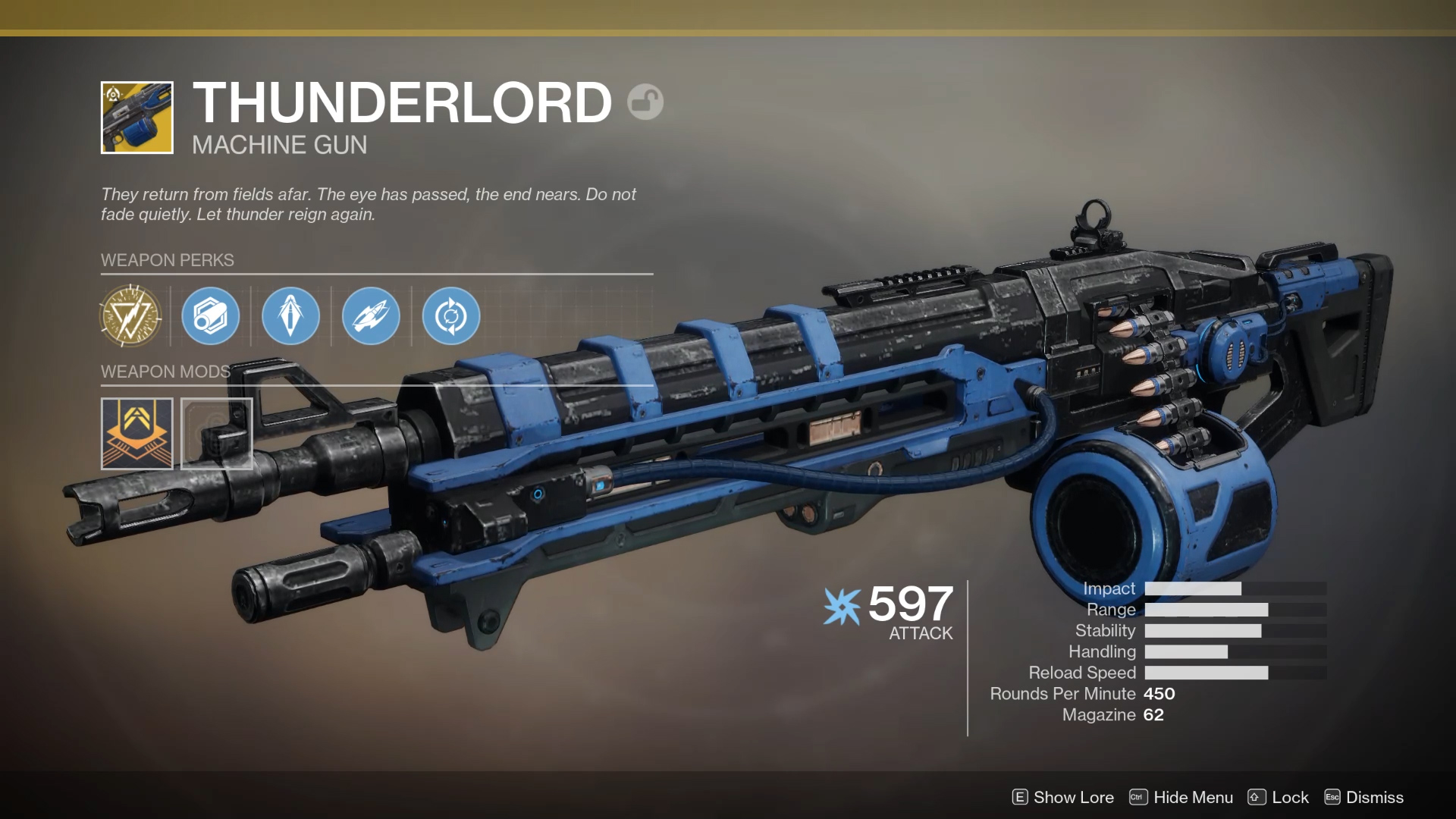
With those bigguns out of the way, here are a few other points that stood out from Smith's post:
- Bungie has an internal test team code-named Velveeta
- Sources of Powerful gear will be retired, consolidated, or modified in future seasons
- The Pursuits tab is getting a facelift, and a hotkey on PC (praise be)
- Bungie wants to do more activities like Escalation Protocol and the Menagerie
- Smith agrees that the Black Armory Forge unlock questline was not great
You can read Smith's full blog post here.
Here's everything you need to know about Destiny 2 cross save and the upcoming Destiny 2 Steam transfer.

Austin has been a game journalist for 12 years, having freelanced for the likes of PC Gamer, Eurogamer, IGN, Sports Illustrated, and more while finishing his journalism degree. He's been with GamesRadar+ since 2019. They've yet to realize his position is a cover for his career-spanning Destiny column, and he's kept the ruse going with a lot of news and the occasional feature, all while playing as many roguelikes as possible.
